23 Aug Shoulder Pain
Shoulder pain can severely restrict daily activities associated with work, sports, and household tasks. For those suffering from shoulder pain, even simple tasks such as putting on a jumper can be painful. To understand shoulder pain, it’s important to understand the anatomy and function of the shoulder.
The primary role of the shoulder is to provide a stable yet highly mobile platform to move the hand. The shoulder’s huge mobility allows the hand to move through the most extraordinary amount of movement from overhead to behind our back and across our body.
The shoulder’s function is hugely influenced by the health and integrity of the neck and upper body, as well as by the results of trauma or age-related wear. Even your general health (such as diabetes, thyroid dysfunction) and fitness level have been shown to influence shoulder pain.
The shoulder is made up of 4 separate joints which are held in position by many muscles. The four joints involve the upper arm (humerus), shoulder blade (scapula), collar bone (clavicle) and chest wall. The 4 joints are controlled by 20 muscles which work in a coordinated and synchronised way.
Due to the various anatomical structures involved, it is easy to understand why shoulder pain can be a major problem that is difficult to solve for so many people.
When assessing the shoulder problem for the first time we’re looking at the whole upper body and asking where you have tension, pain, pins and needles and weakness in the neck, shoulders and arms. Has there been a previous injury, a recent injury or a change in what you have been doing and how has this affected you?
When assessing shoulder pain and dysfunction to make a diagnosis, we develop a treatment plan and provide a time frame for recovery.
There are 6 main causes of shoulder pain: referred neck pain, shoulder muscle injury, tendinopathy, shoulder joint arthritis, shoulder joint dislocation and a fracture.
The goal of therapy is to restore normal arm movement. Unfortunately, there are very few shortcuts to achieving a full recovery from a shoulder problem and many people may have discussed with their GP the potential “benefits” of a cortisone injection as a first-choice treatment option to settle their pain. A cortisone injection is definitely indicated for people who have a confirmed diagnosis of frozen shoulder where there are very few, if any, other options to help settle the excruciating pain. Otherwise, cortisone has been shown to have limited short-term benefits.
The most time- and cost-effective way to recover is usually a short period of rest followed by a graded return to normal function using specifically prescribed exercises. For many of shoulder pathologies, a return to full function is possible, however, it may take up to 12 months to achieve these improvements.
If you are experiencing shoulder pain our physiotherapist can provide a diagnosis and a treatment plan to maximise your return to meaningful tasks.


Call: (02) 6674 4142